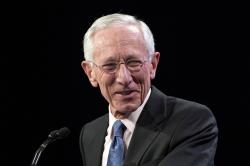

Research
BPEA | 1995 No. 1
1995, No. 1
WHEN THE BROOKINGS Panel on Economic Activity began in 1970, the
world economy roughly accorded with the idea of three distinct economic
systems: a capitalist first world, a socialist second world, and a
developing third world which aimed for a middle way between the first
two. The third world was characterized not only by its low levels of per
capita GDP, but also by a distinctive economic system that assigned the
state sector the predominant role in industrialization, although not the
monopoly on industrial ownership as in the socialist economies.
The years between 1970 and 1995, and especially the last decade,
have witnessed the most remarkable institutional harmonization and
economic integration among nations in world history. While economic
integration was increasing throughout the 1970s and 1980s, the extent of
integration has come sharply into focus only since the collapse of communism
in 1989. In 1995 one dominant global economic system is emerging.
The common set of institutions is exemplified by the new World
Trade Organization (WTO), which was established by agreement of
more than 120 economies, with almost all the rest eager to join as rapidly
as possible. Part of the new trade agreement involves a codification of
basic principles governing trade in goods and services. Similarly, the International
Monetary Fund (IMF) now boasts nearly universal membership,
with member countries pledged to basic principles of currency
convertibility.